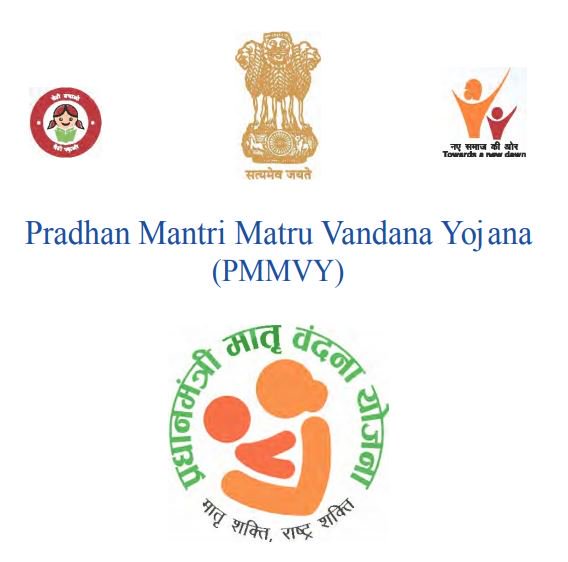By Sanidhya Sadanand Nayak, Bangalore Institute of Legal Studies, Bengaluru.
Not many in India discuss miscarriages, failed pregnancies or stillbirths, often blaming fate rather than broaching the matter diagnostically. The connection between the ill-health of the woman and the failure of pregnancy is hardly ever noticed, let alone acknowledged. In a country where more than half of the women are diagnosed with anaemia and malnourishment, it is disheartening that many women are subject to circumstances wherein they have no choice but to work until the end of the term of pregnancies. Some even return to work within a few days, eliminating any recovery period which the mother (especially a young one) may require. The compulsion to join work again is heavy specifically on women dependent on daily wages. The mothers are in a situation where they are unable to provide breast milk at required intervals, thereby exposing the child to a higher risk of malnourishment.
Now, the connection between failed pregnancies and the health of the women is evident and requires a post-occurrence diagnosis. However, many brush the matter under the carpet with a notion to avoid bringing up unpleasant memories. The issue with such an approach is that the woman’s health remains ignored and there is a higher risk in successive pregnancies.
Indira Gandhi Matritva Sahyog Yojana (IGMSY)- a Conditional Maternity Benefit (CMB) Scheme was the original maternity benefit programme, initially made operational as a pilot programme in 52 select districts across the country, in October 2010. The programme detailed the target group as women of and above the age of 19 years for first two live births. Further, it included a process of monthly growth monitoring for children as a mandate.
The Pradhan Mantri Matru Vandana Yojana (PMMVY) is the same maternity benefit programme which has been made operational in every district throughout the country since January 2017. The two-fold objective of providing a cash incentive under the Scheme to pregnant and lactating mothers is to provide a conducive environment for the improvement of health and nourishment, and to compensate the wage loss during and after the pregnancy. The programme currently provides for every pregnant and lactating woman for the first live birth only. The process of accruing the incentive is a lot more transparent as it is a direct transfer into the bank account of the beneficiary. The financial provisions regarding the cost-sharing between the Union and the States, other than the North Eastern and the Himalayan States are 60:40; for the North-Eastern and the Himalayan States, it is 90:10 and for the Union Territories, it is 100%. Currently, a total of 271.66 Crores has been spent on 11,47,386 beneficiaries under the Scheme.
The conditions of the programme require an early registration of pregnancy, regular check-ins during the gestation period and after the delivery of the child. The Anganwadi Services Scheme is the platform through which the implementation occurs. The cash incentive is receivable in three instalments and is subject to conditionalities assuring maternal and child care viz 1) early registration of the pregnancy with the requisite centre; 2) a minimum of two ante-natal check ups after six months with a State-administered institution and 3) after registration of birth and the first round of vaccinations.
The Janani Suraksha Yojana also provides for the remaining incentive as a maternity benefit and is accounted for, after the institutional delivery. The programme currently mandates a web-based system for the implementation.
The inclusion of the Anganwadi workers provides a one-stop process of availing the benefits of the scheme. This process is carried out under the Anganwadi workers’ supervision, thereby providing a more holistic approach and eliminating repetition of submitting the same documents over and over again.
An ideal programme implementation requires a post-implementation survey, which is absent in the Pradhan Mantri Matru Vandana Yojana, like every other Government programme. A post-implementation survey will provide a better view of the practical nuances and loopholes for necessary corrections. The possibilities for a successful implementation of the programme are endless. An approach involving the family of the beneficiary is a possibility which promises a higher success rate of eliminating malnourishment and anaemia. Anganwadi workers and the doctors should communicate the requisite rest period, after the delivery, to the family, for better planning, and for adequately managing the finances. A larger technological involvement will ensure transparency especially with the Ministry of Women and Child Welfare declaring that there are less than 2% recipients, who are presently availing the benefits on one of its social media platforms. A clear lacuna regarding the saturation of the programmes is evident.
The time span between failed pregnancies and conception of the next is short, which is unhealthy. Involving the doctors handling the cases in educating couples about the time span between pregnancies is an initiative which needs serious consideration, especially in cases of failed pregnancies. Equipping mothers with skills and education to provide necessary nourishment within limited means can help the program to succeed too. A custom made nutrition scheme involving the local produce will prove to be a beneficial nourishment process.
The success rate of a programme in India depends on the saturation of the programme to the grass root beneficiaries. Considering the fact that there is less than 2% penetration of the programme, we have a long way to go for a sustainable and self-sufficient model, positively impacting the health of women working in the unorganised sector and their children.

